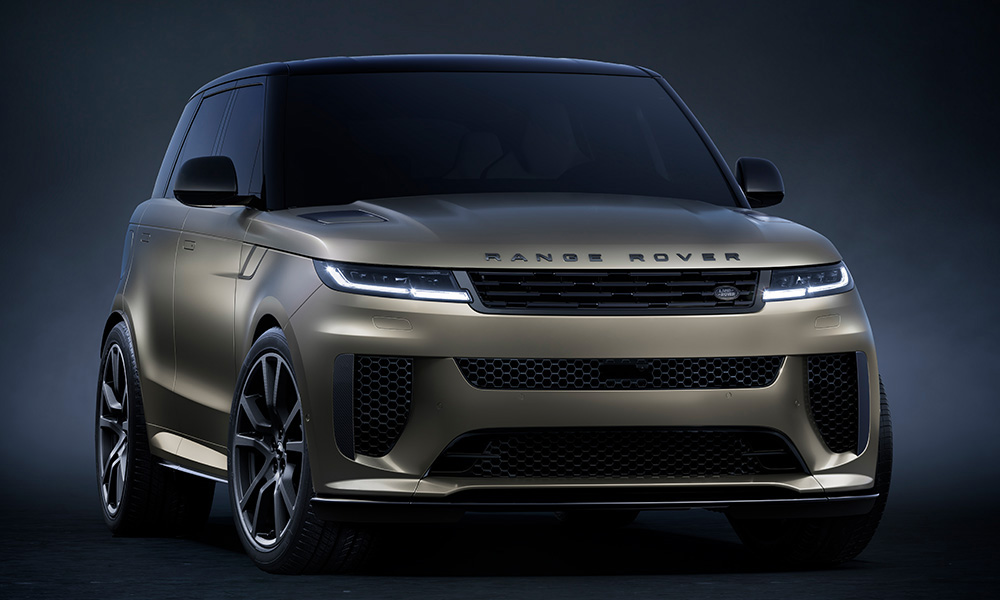
The Range Rover Sport, since its introduction in 2004, has revolutionized the luxury SUV market, offering great performance and opulence like no other. All of the model’s three generations have pushed the envelope in performance SUVs and have been imitated by competitors one way or another.
Last year, the current-generation Range Rover Sport was launched and came with multiple engine choices across different trim levels. Now, Land Rover has just released the latest flagship variant for this popular nameplate.
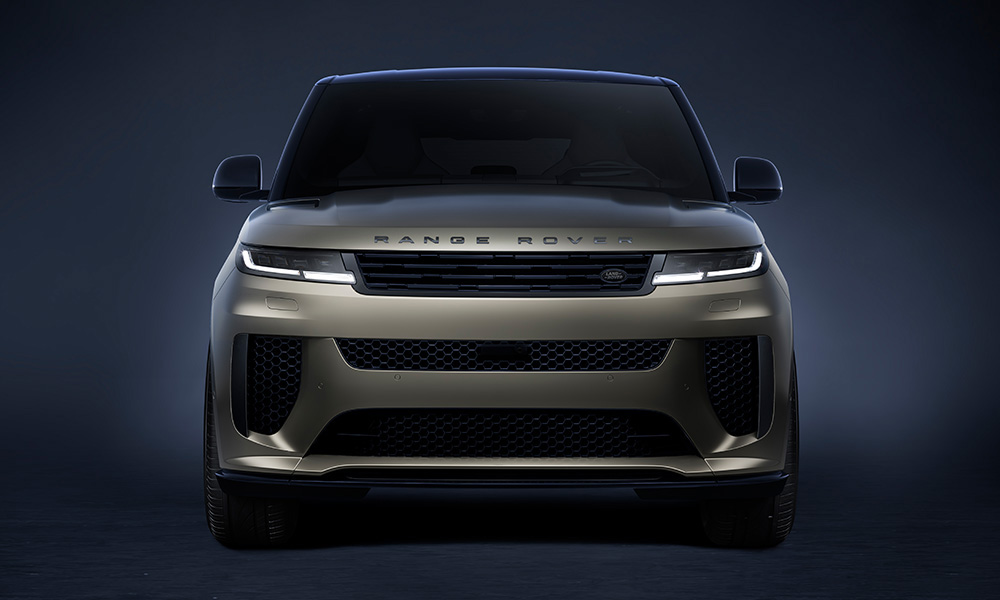
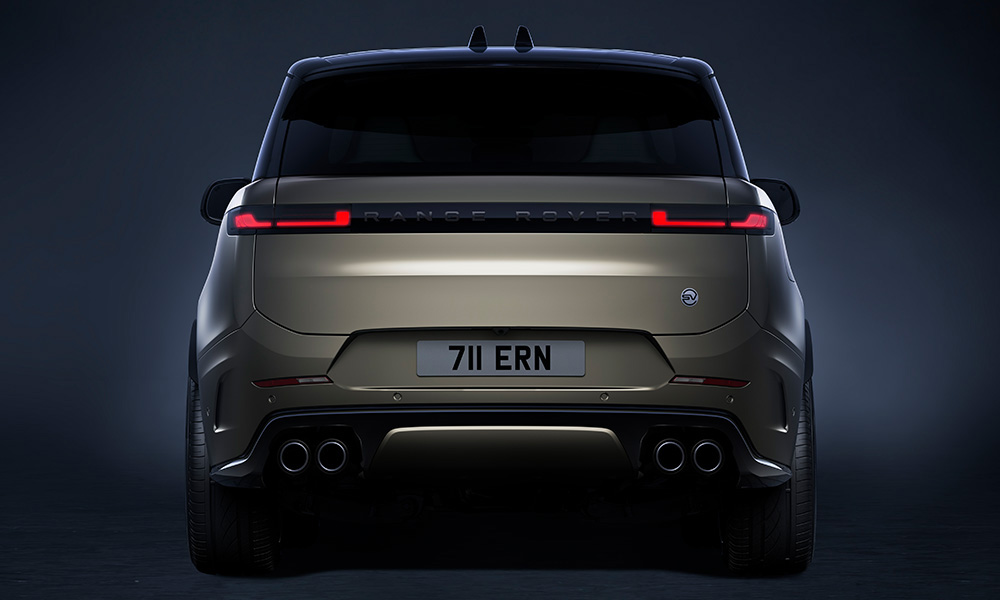
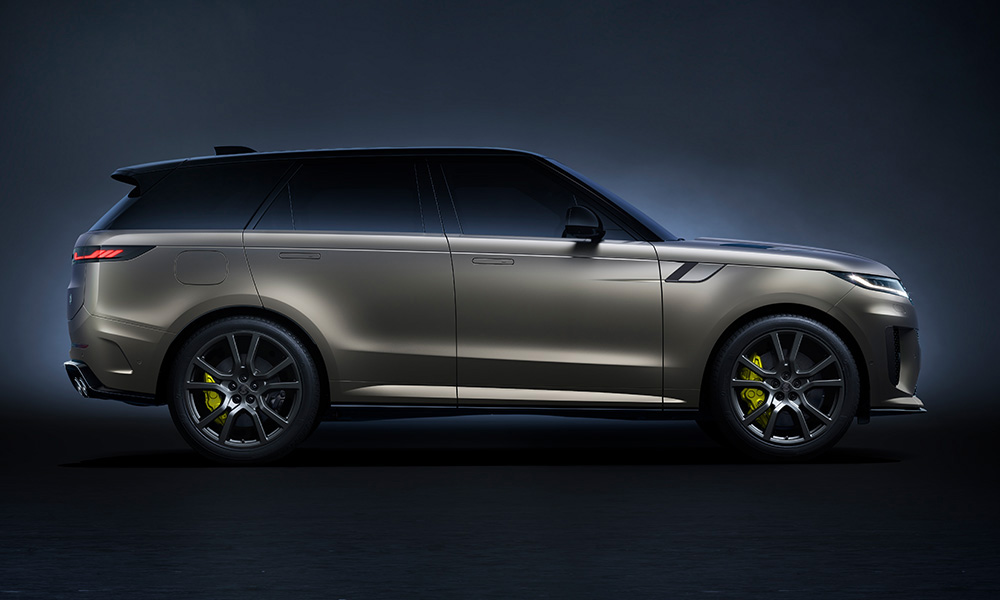
This is the SV, and it is a variant of many firsts for the British marque. While it mostly looks like a regular RR Sport, the SV is just meaner. Here, losing weight and gaining more power were the British SUV maker’s focus.
It ditched many regular parts and instead used light but durable carbon fiber. This includes the hood, the front diffuser, the side vents, the exhaust tips, the interior trims, and even the optional 23-inch five split-spoke wheels (the first and biggest yet fitted to a Range Rover).
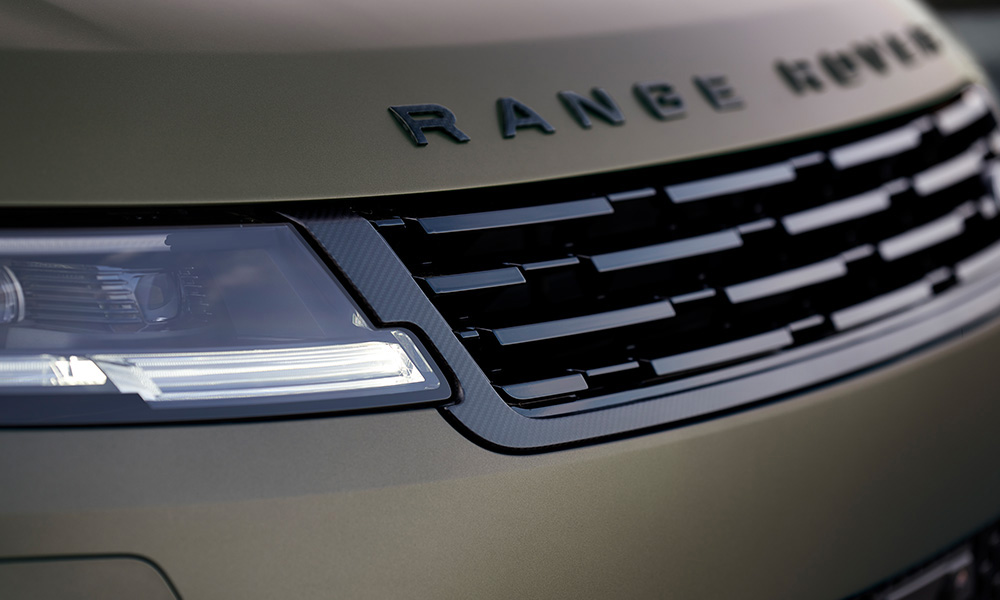
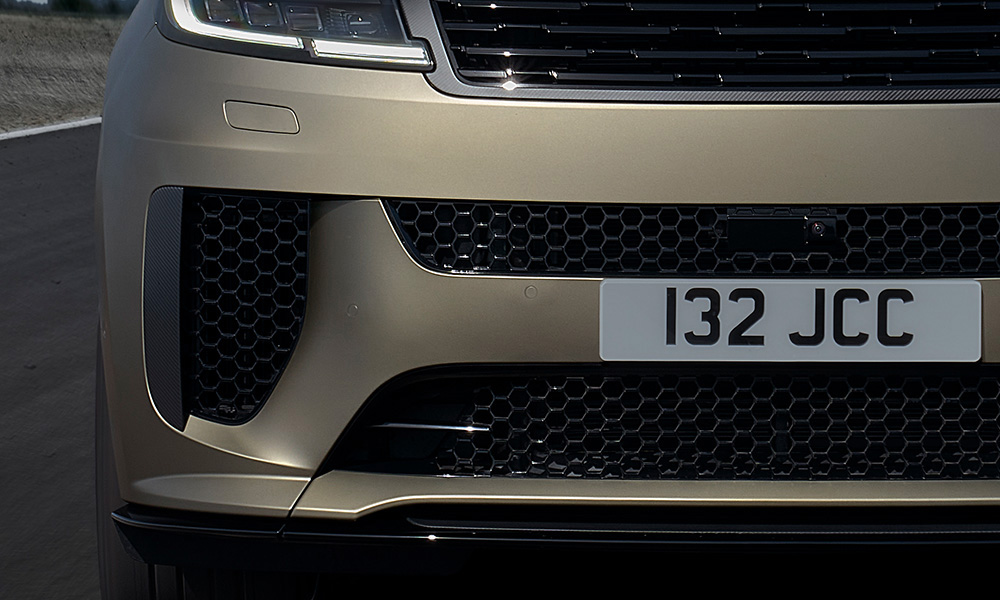
There’s a new grille, honeycomb patterns on the front air inlets, and aero bumpers. It even has several SV badges all around the interior and the exterior to tell you that this is not your usual Range Rover Sport.
Inside, the fit-and-finish is great, as expected from any Range Rover Sport. A floating 13.1-inch center screen houses the Pivi Pro infotainment system. This is easier to use as Land Rover claims that most functions can be performed with just a few taps on the screen.
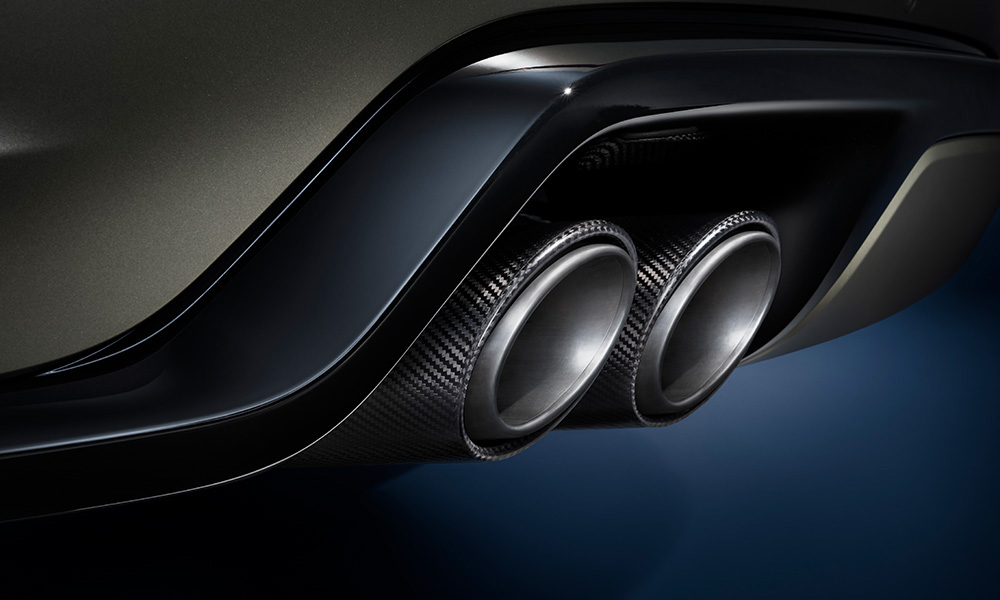
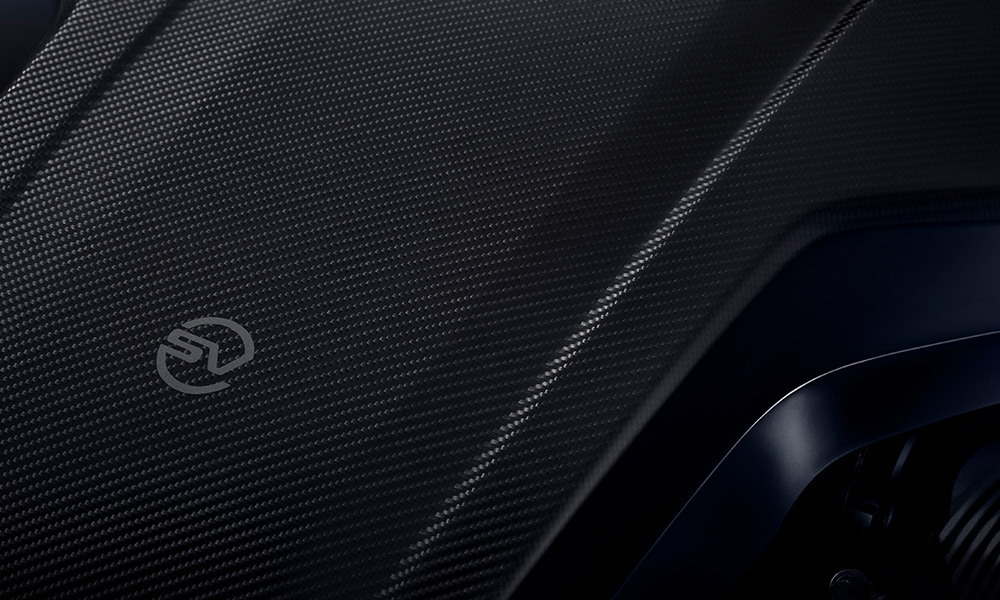
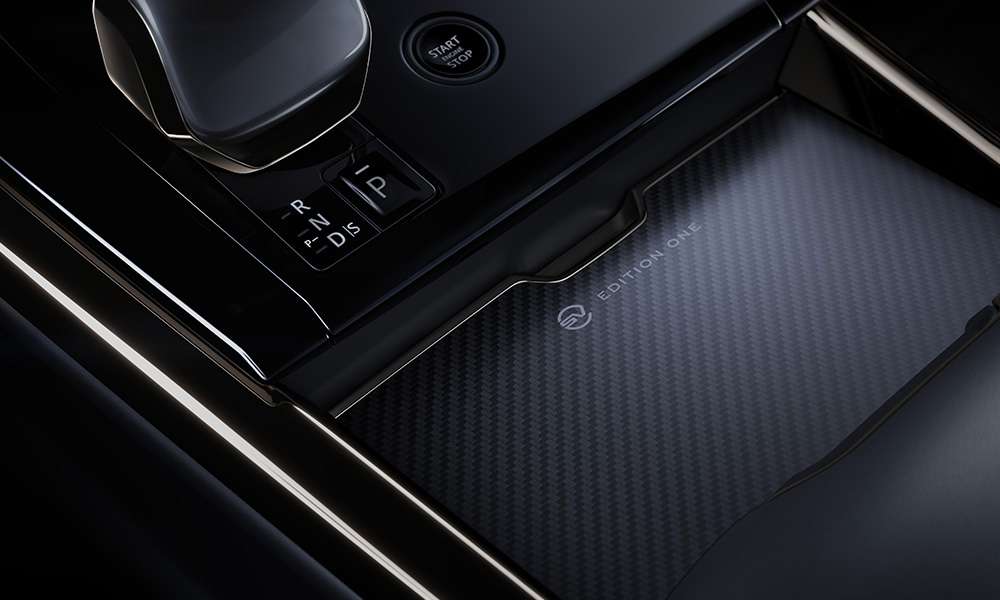
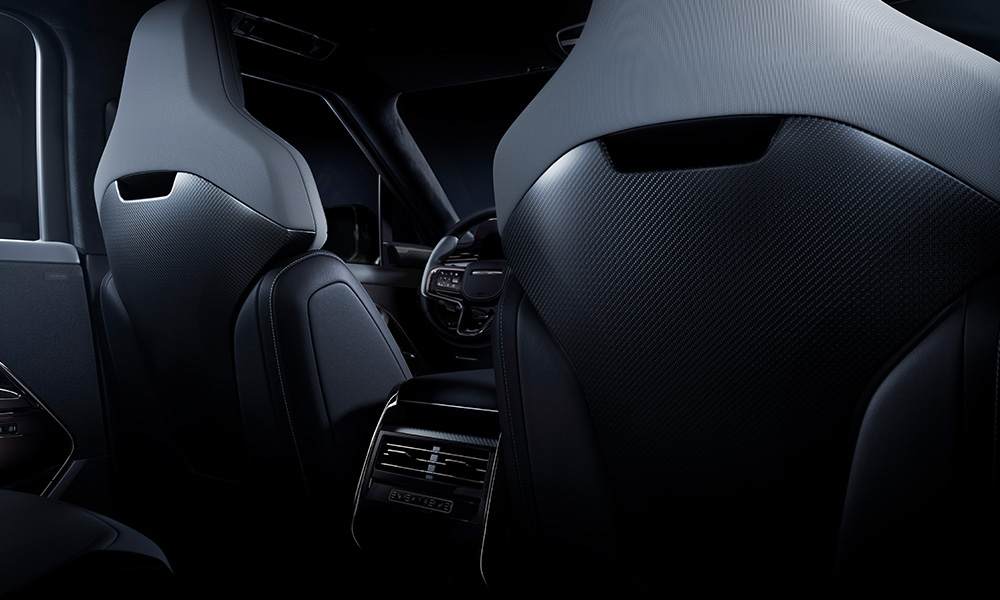
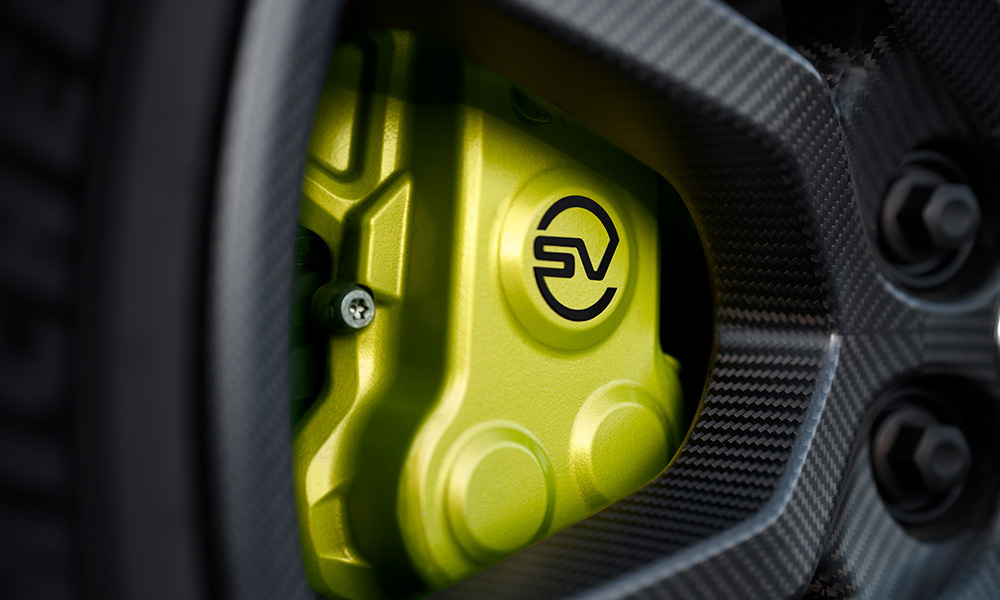
Speaking of the infotainment system, you can enjoy your tunes through a 29-speaker, 1,430W Meridian audio system. And if that’s not enough, Land Rover equips the SV with what it calls a Body and Soul Seat (BASS).
The front seats have speakers that create vibrations based on the sound playing on the audio system. This takes the aural experience to a whole new level. Also, the BASS system can help influence one’s heart rate variability (VRB). A higher VRB, according to studies, means lower stress levels—which is good for relaxation. It can also reduce anxiety and improve one’s cognitive response.
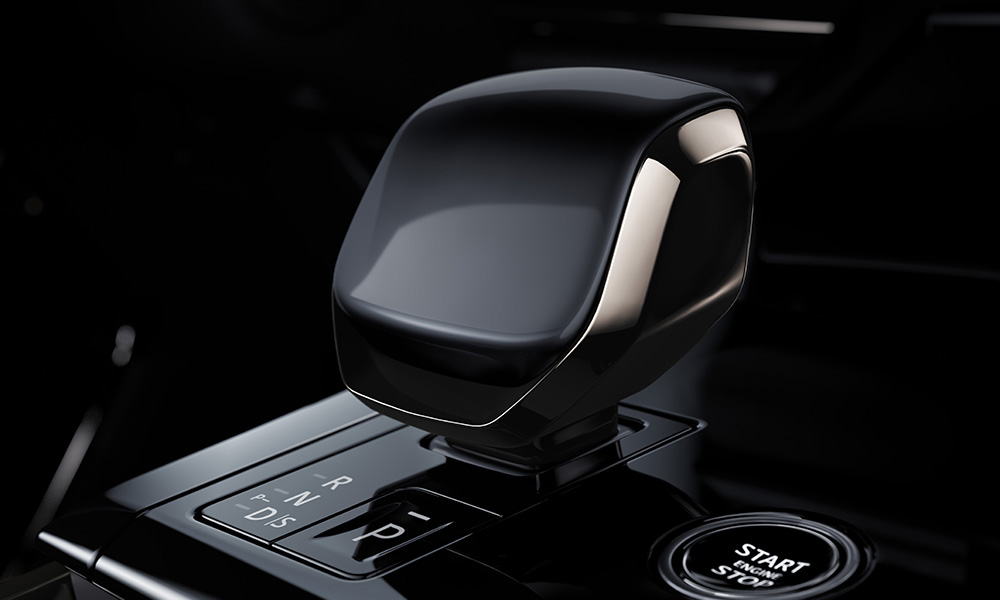
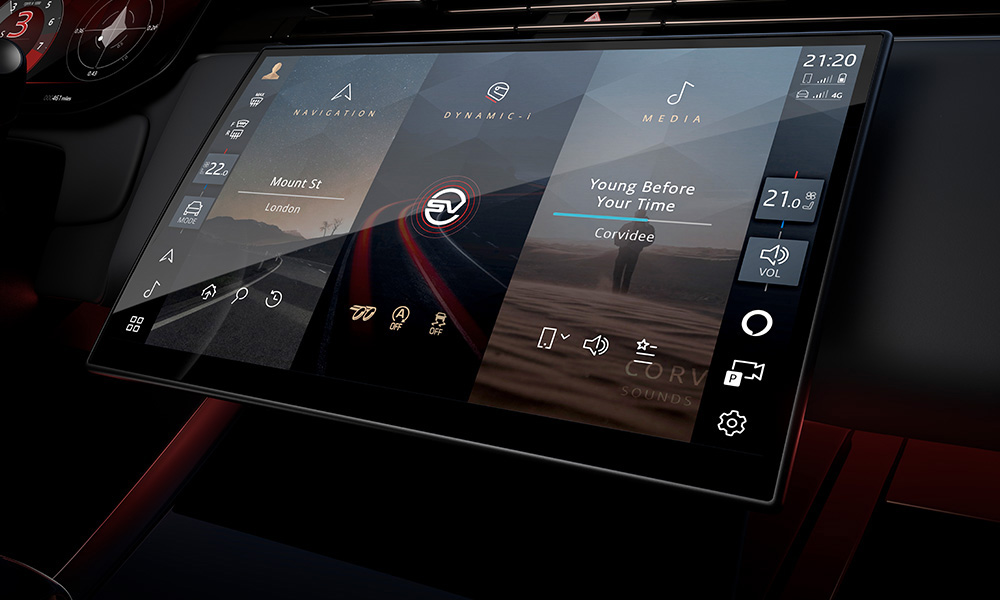
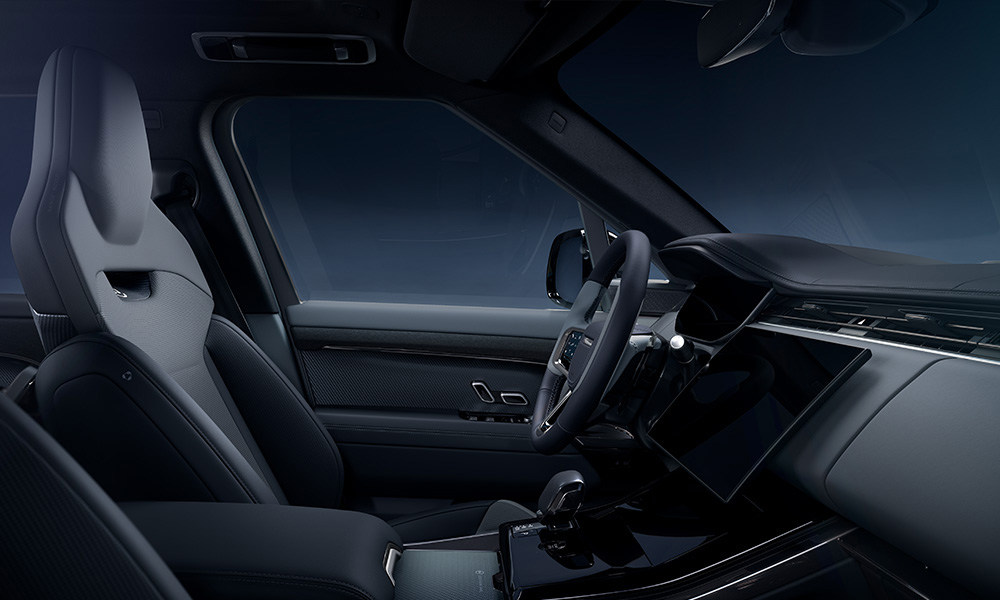
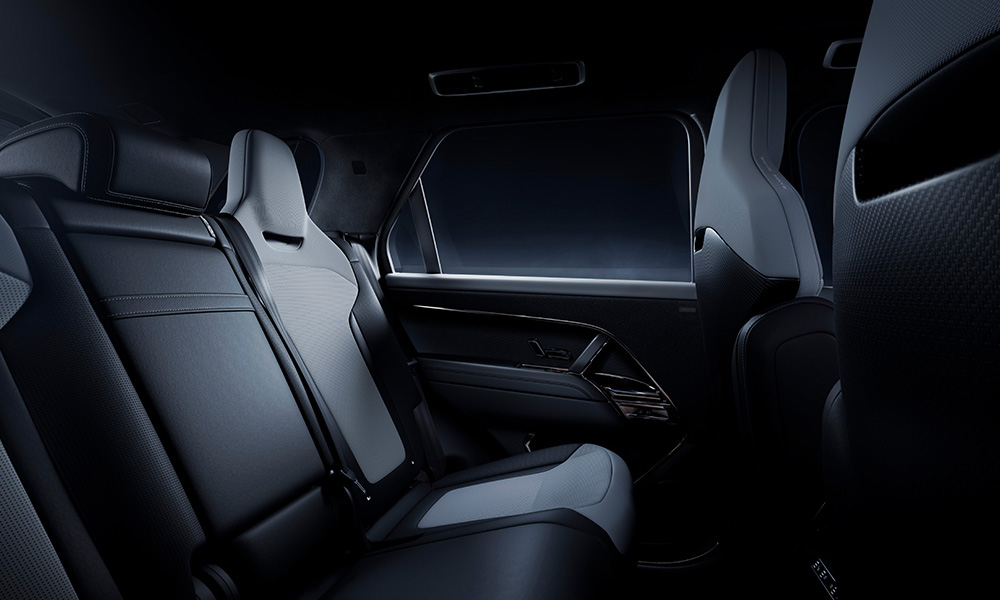
But the best bit about the SV is its performance. Under the hood is a 4.4-liter twin-turbo V8 engine with a mild-hybrid system. Combined output is 626hp and 750Nm. That’s 59hp and 50Nm more than the previous SVR models. Despite the higher power output, the powertrain produces 15% less emissions than the one it replaces.
With an eight-speed automatic transmission, power is transmitted to all four wheels. Sprints from 0-100km/h can be done in just 3.6 seconds. To slow the SUV down, the SV, for the first time, uses carbon ceramic brakes and Brembo calipers. The front specifically has a 440mm rotor (the largest fitted on a Range Rover) and eight-piston Brembo Octyma calipers.
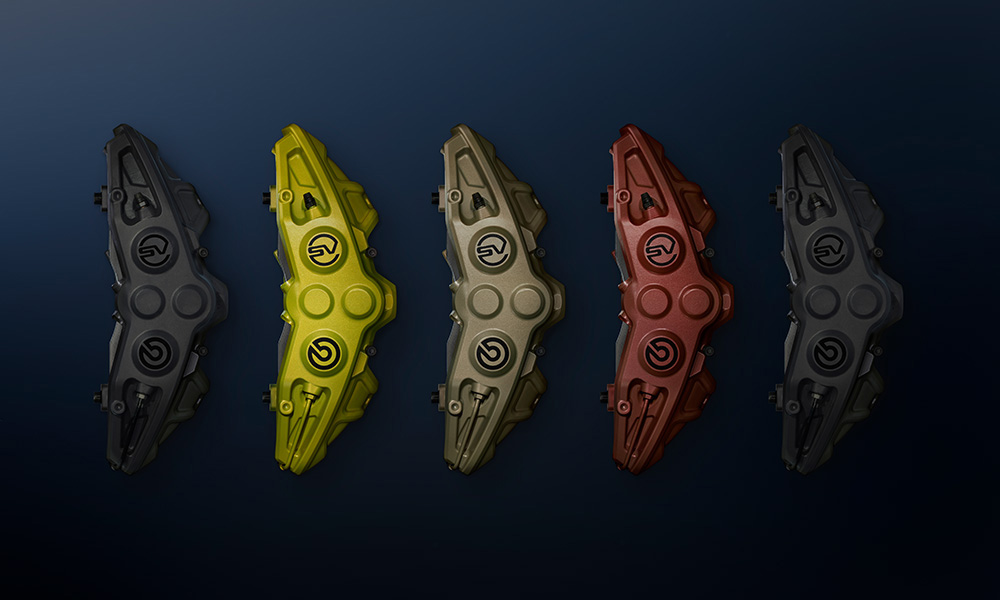
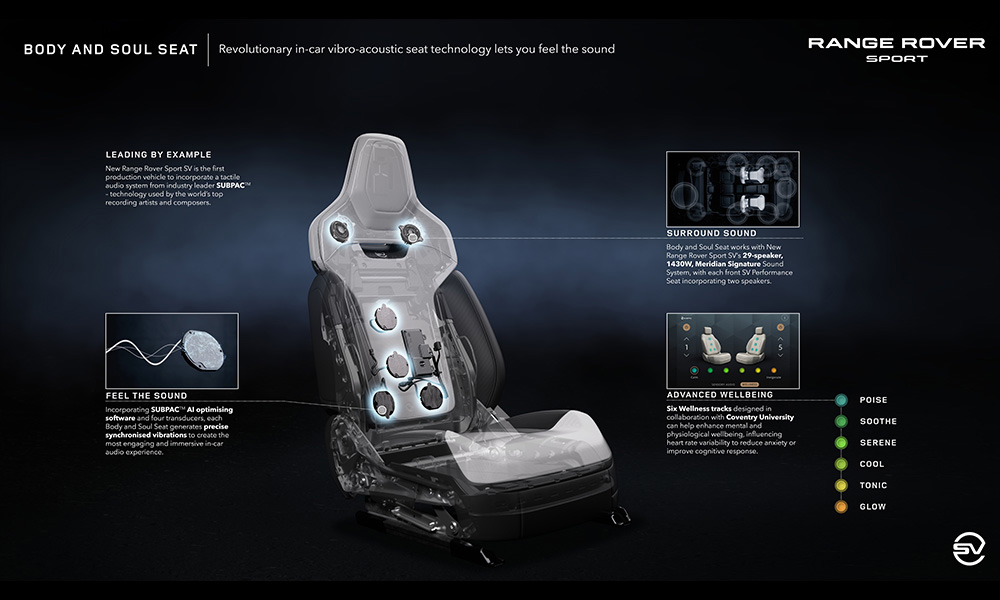
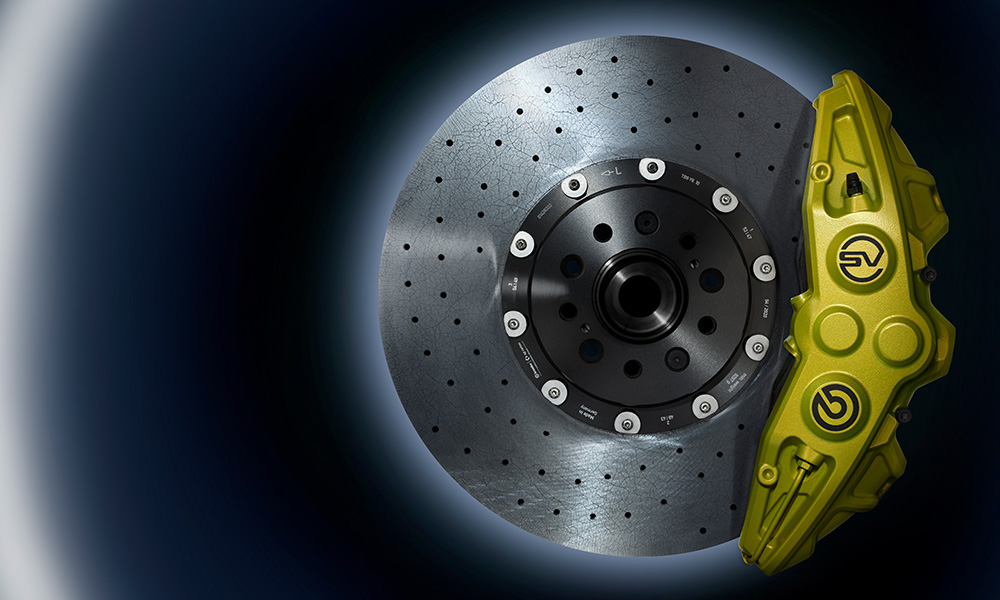
Depending on the drive mode selected, the SV rides 10mm or 25mm lower compared to older Range Rover Sport models. The hydraulic-linked 6D Dynamics air suspension controls pitch and roll, helping maintain a near-level stance, even during hard acceleration, braking, and cornering. It also lessens overall weight, increases grip, and improves comfort and refinement.
The electronically assisted rack’s steering ratio is the fastest of all the Range Rovers. Michelin Pilot Sport All Season 4 tires are used on all four corners, with the rear having 305-section rubber. These are even wider than the 285-section front tires. All of this helps make the SUV more agile and offers a better driving experience.
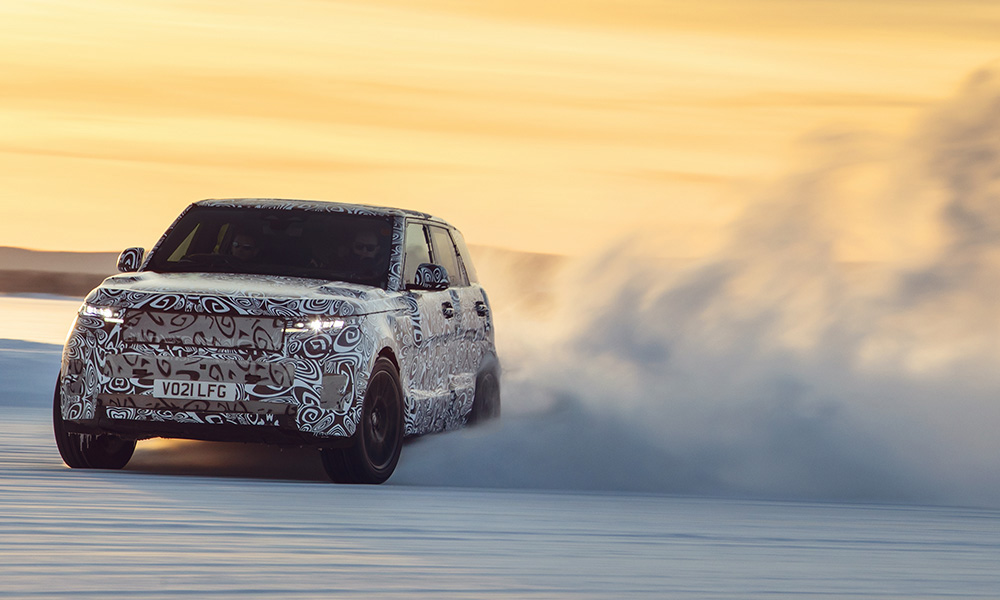
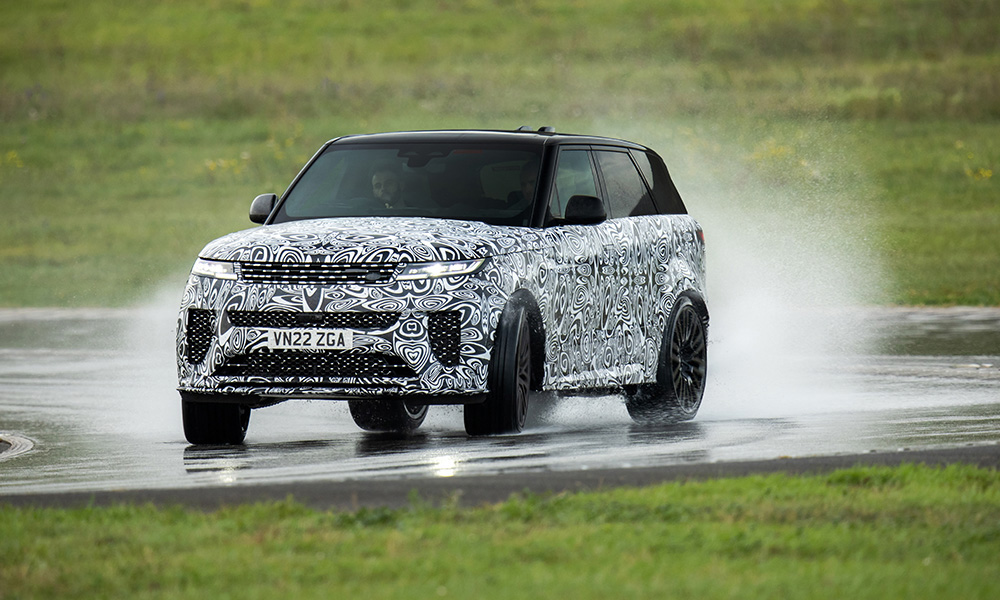

The SV comes in three finishes: Carbon Bronze Matte, Obsidian Black Gloss, and Faux Silver Gloss. No pricing information has been provided.
There’s a meaner SV Edition One version, but you can’t just buy one for yourself. This will only be offered to select Range Rover clients. And sadly, all of the units are spoken for.


0 Comments